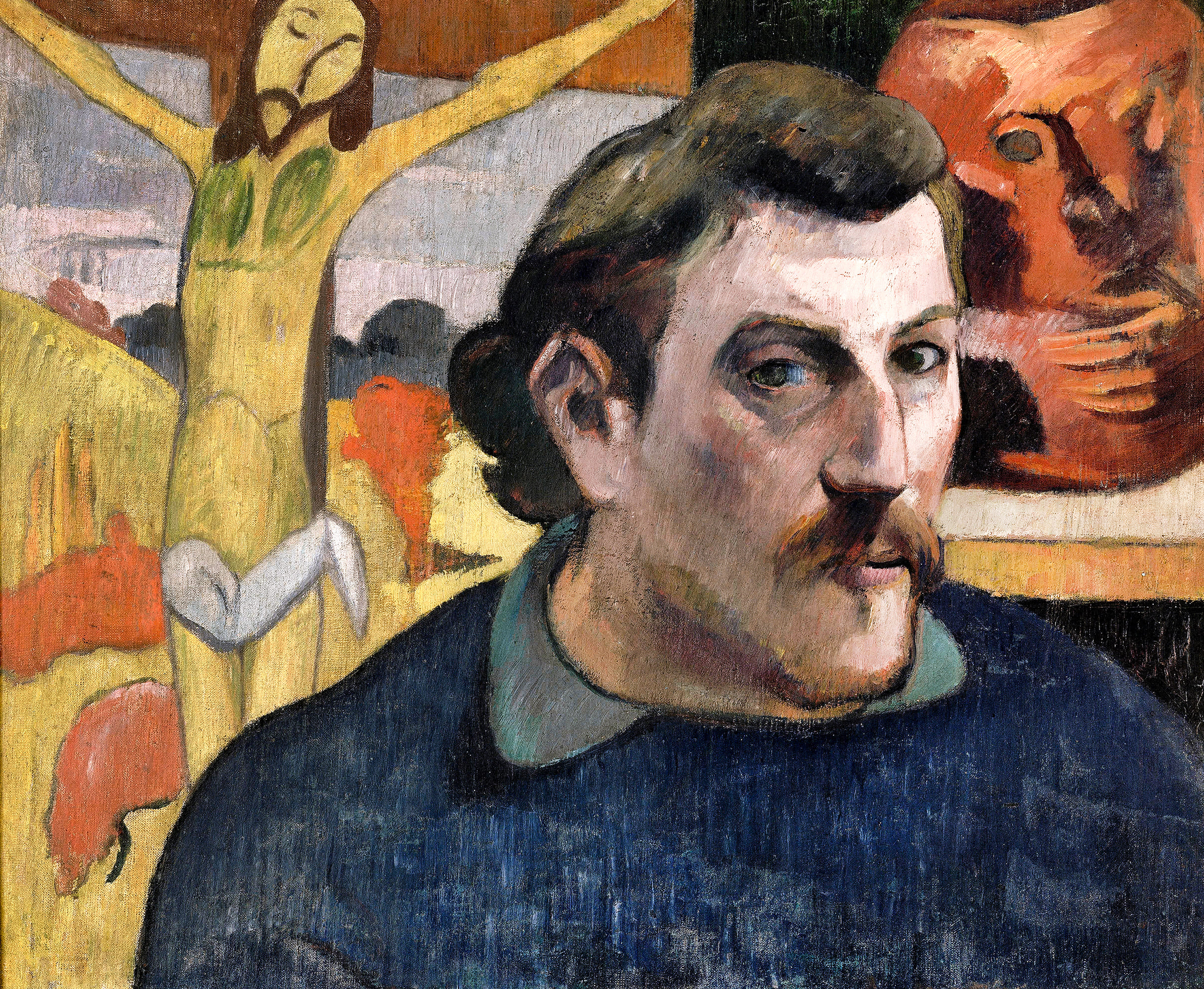Gauguin Paul - a new breath of postimpressionism

Paul Gauguin: rebel, visionary, master of post-Impressionism
Paul Gauguin (1848–1903) was a groundbreaking French artist whose name became synonymous with Post-Impressionism and exotic landscapes. Alongside Cézanne and Van Gogh, he holds a pivotal place in art history, leaving behind a unique legacy brimming with vivid colors and profound meaning.
Early life and artistic path
Born on June 7, 1848, in Paris, Eugène Henri Paul Gauguin spent his early childhood in Peru. His father, journalist Clovis Gauguin, was a staunch republican, and his mother, Aline Maria, came from a wealthy Creole family; her mother was the renowned Flora Tristan. After his father's death in 1849, Paul was raised in Peru until he was seven. Vivid memories of the exotic natural world, vibrant national costumes, and a carefree life in Lima left an indelible mark on his soul, igniting an insatiable wanderlust and a yearning for the tropics.
Returning to France in 1855, Gauguin received an education. From 1865 to 1871, he embarked on round-the-world voyages as a pilot's apprentice, visiting South America, India, and the northern seas. Upon his return to Paris in 1872, thanks to a family friend, Gustave Arosa, he began a successful career as a stockbroker. In 1873, Gauguin married Mette-Sophie Gad, a Danish woman, and over the following years, his family grew. Like Arosa, he started collecting paintings and dabbling in art as a hobby.
From impressionism to personal style
Gauguin's early artistic period is linked to Impressionism. From 1880, he actively participated in Impressionist exhibitions, and in 1883, he became a professional artist. His acquaintance and friendship with masters like Camille Pissarro and Edgar Degas significantly influenced the formation of his style. Degas, in particular, supported Gauguin, purchasing his works and persuading other collectors to do the same.
In 1884, Gauguin moved with his family to Copenhagen, but he soon left his brokerage job to devote himself entirely to painting. Due to financial difficulties and a lack of demand for his work, his family left him, and in 1885, he returned to Paris.
Searching for himself: Brittany, Martinique, Arles
The years 1886-1890 marked a crucial stage in Gauguin's artistic journey. He spent most of this time in Pont-Aven, Brittany, interacting with artists drawn to Symbolism. Life there was considerably cheaper, allowing him to focus on his art. In 1887, he traveled to the island of Martinique, where his artwork underwent significant changes, absorbing Japanese influences and new expressive forms.
In 1888, Gauguin briefly lived and worked with Vincent van Gogh in Arles. However, their stay ended with a famous argument, which became one of the first manifestations of Van Gogh's mental illness.
Tahiti: the quest for a "Savage" civilization and final years
A yearning for exotic locales, born in his childhood in Peru, and a conviction that civilization was a "disease" led Gauguin to Tahiti in 1891. Eager to "merge with nature," he found inspiration in the lives and customs of the indigenous peoples. In a short period in 1892, he created around 80 paintings.
After a brief return to France (1893–1895), prompted by illness and a lack of funds, Gauguin left Europe permanently for Oceania. Here, he continued to create, blending observations of real life with local myths. It was in Tahiti that one of his most famous works, "Where Do We Come From? What Are We? Where Are We Going?", was painted. Despite constant financial struggles, illnesses (including syphilis), and depression, Gauguin produced his finest works during this period.
In 1901, he moved to the island of Hiva Oa (Marquesas Islands), where he continued to work actively, creating landscapes, stories, and acting as a journalist. His final years were overshadowed by deteriorating health, constant conflicts with the local administration over the protection of native rights, and legal proceedings.
Paul Gauguin died suddenly on May 8, 1903, on Hiva Oa, from a heart attack, likely caused by a morphine overdose.
Legacy and global recognition
Fame came to Gauguin posthumously. In 1906, a large-scale exhibition of his works was organized in Paris, drawing attention to his unique vision. Today, Gauguin's paintings are among the most expensive in the world, and his work "When Will You Marry?" is one of the highest-priced paintings ever sold, fetching $300 million USD.
The artist's life inspired Somerset Maugham's novel "The Moon and Sixpence," as well as several biographical films, including "The Wolf at the Door" (1986), "Paradise Found" (2003), and "Gauguin - Voyage to Tahiti" (2017).
Paul Gauguin was a master of color, a symbol of the rebel who eschewed the conventions of civilization in search of authenticity and freedom of expression. His works, filled with vibrant hues, symbolism, and exotic motifs, continue to inspire and captivate millions worldwide.